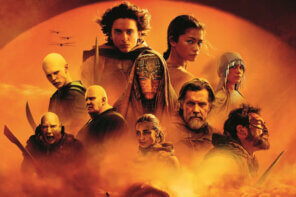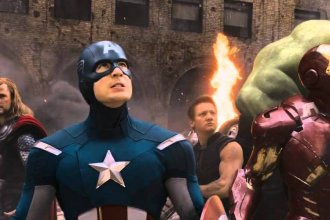2022 will forever be known as the return to normal. After two years of our lives being frozen by Covid, 2022 was the year where old routines once again took center stage. Concerts returned to town. Workers returned to the office. And movies returned to their rightful place as communal events.
2022 was also the return of Cinema Faith. After two years off, we started our monthly podcast again and began covering the year’s movies like the old days. And now we turn our attention to the other institution we took a break from: the Oscars.
But why cover the Oscars at all? Does anyone still care? The short answer: we do.
The Oscars have always been about more than glitz and glamor and who wins the gold. They’re a celebration of movies themselves. All movies. Not just the ones nominated. The Oscars honor the sheer miracle of any film that successfully makes it from the page to the screen. All the best of Hollywood attends, young and old, along with millions of movie fans around the world, to celebrate our communal love of cinema. The very love that created this website in the first place.
So yes, we still care about the Oscars. Especially this year’s ceremony, which caps off the year we returned to the movies.
Below is the first of our two part coverage highlighting who we think should win in each of the major categories. Who we think should win, not who we think will win. Because who can know what Hollywood machinery results in that winner finally taking the stage? All we can control is our picks. And below are the first four of them.
Thank you to all of our faithful fans who returned to this website after a two year hiatus. We know we sound different these days, and we’re sure you do too. But one thing hasn’t changed: our love for film. It’s that love that keeps us here still. And it’s that love we’ll be celebrating together on March 12th. See you then.
Best Original Screenplay
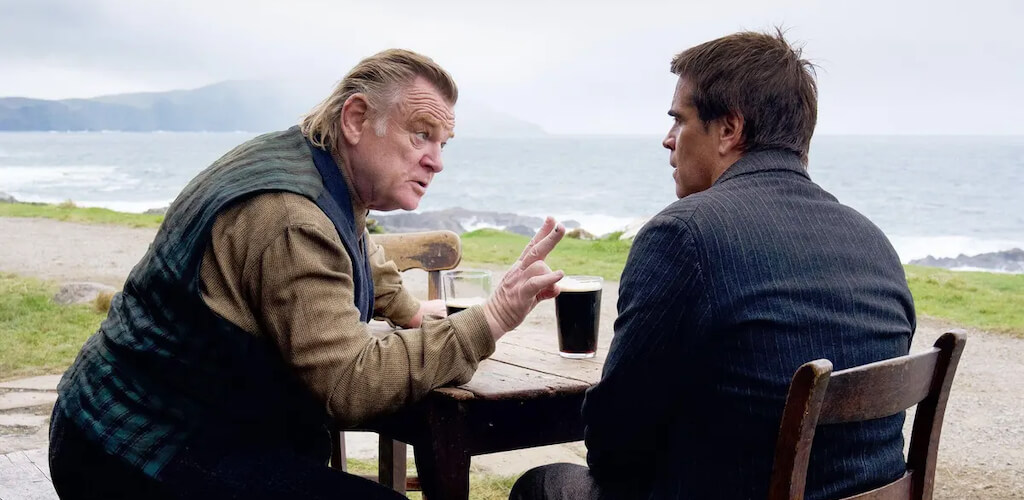
The Fabelmans
Triangle of Sadness
Everything Everywhere All at Once
Tár
The Banshees of Inisherin
The Fabelmans is a fine script, but a better movie under Steven Spielberg’s reinvigorated return to the helm. Triangle of Sadness fares better with its satirical edge that cuts the deepest once our rich snobs get to the island and experience a master class in power reversal. If only Ruben Östlund had landed the plane with an actual ending.
Everything Everywhere All at Once is the opposite of The Fabelmans in that it’s a better script than a movie, filled to the brim with existential probings that make us reflect on our own universe we find ourselves in and what deeper identities exist inside of us. Love is still the answer throughout the multiverse, and the appropriate antidote to Jobu’s nihilism.
Tár feels the most script-like in its presentation. Todd Field strings together long scenes of people talking and the dialogue stands out. By filtering the meat of the material through Cate Blanchett’s problematic anti-hero, we’re not sure where Field stands on controversial topics like cancel culture. But that’s for the best. The ambiguity keeps the movie from becoming a polemic. After all, the questions are more important than the answers when dealing with thorny issues like these, and Field asks some good ones.
The Banshees of Inisherin was the first movie of 2022 that stood out for its writing. You know a great script is at work when you want to write down a line of dialogue you hear in the moment because it cuts so deep. Like this exchange between Brendan Gleeson’s Colm and a priest in a confession booth:
Priest: Do you think God gives a damn about miniature donkeys?
Colm: I fear that he doesn’t, and I fear that’s where it’s all gone wrong.
There are so many profound exchanges like that from Martin McDonagh’s terrific script. Moments you want to pause and talk about for hours. McDonagh’s greatest trick, though, is the way he weaves in humor to disarm us for the dark shift in tone that engulfs the second half. We think we’re watching a charming Irish fable only to be punched in the gut by reality. That’s the way life is too often, and it’s the reason Inisherin deserves the gold.
Best Adapted Screenplay
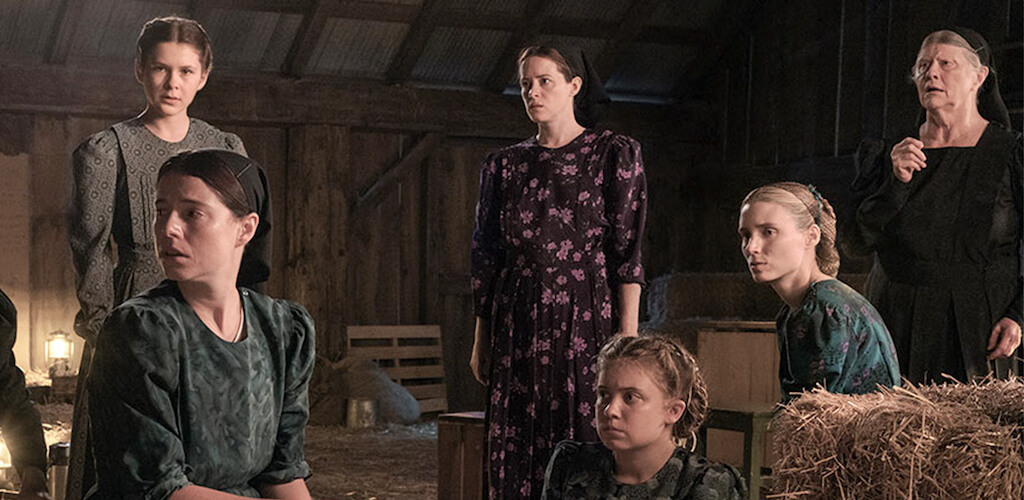
Living
Top Gun: Maverick
Glass Onion: A Knives Out Mystery
All Quiet on the Western Front
Women Talking
There’s only one good thing about Living and that’s Bill Nighy. The rest is a disaster, especially the writing. The first thing you learn in film school is to show, not tell. Living only knows how to tell. Themes that were innately obvious get spelled out to oblivion in an embarrassing final act. This is the opposite of an Oscar-worthy screenplay.
Top Gun: Maverick doesn’t fare much better in the writing department. The movie’s strength is its directing and pacing. A closer look at the script reveals paper-thin characters, a romance that leads nowhere, and more than one moment of Maverick saying “Don’t think, just do.” It’s a credit to Joseph Kosinski’s razor-sharp command that none of these things matter in the moment.
Glass Onion is an enthralling screenplay for the first half: witty, twisty, and refreshingly fun. It’s too bad Rian Johnson’s worst instincts get the better of him as the twists pile up to a ridiculously over-the-top finale that undermines what came before.
The last two films on the list feel like they belong in a different category altogether. All Quiet on the Western Front is a movie firing on all cylinders and the script is no exception. Some of the best moments in the film aren’t the brutal battle scenes, but the quiet moments in the trenches. Words exchanged between soldiers who know they’re about to die. Bureaucrats waxing poetic over fancy meals while their country is burning to the ground. Men on opposite sides of a war who suddenly recognize their shared humanity. These are the scenes that give Front its lingering power.
As for Women Talking, the majority of the movie takes place in a barn. That sounds boring, but Sarah Polley’s masterful screenplay ensures it’s anything but. The dialogue is riveting. These are women who have suffered unthinkable abuse at the hands of evil men and they’ve gathered together to decide what to do about it. The choice isn’t as obvious as it seems. After all, these are uneducated women with no knowledge of the world outside their home by design. Leaving is an act of faith, but so is staying. Together they reason and argue through the true meaning of love and forgiveness and God. Just listening to them talk makes us wiser. There are too many great moments of dialogue to list, but this one stands out the most.
Agata: None of us have ever asked the men for anything. Not a single thing. Not even for the salt to be passed. Not even for a penny, or a moment alone. Or to take the washing in. Or to open a curtain. Or to go easy on the small yearlings. Or to put a hand on the small of my back while I try again for the twelfth or thirteenth time to push a baby out of my body. Isn’t it interesting that the one and only request we women would have of the men would be for them to leave?
All the women laugh afterward and we do too, but the tears aren’t far behind. This is the best script of 2022.
Best Visual Effects
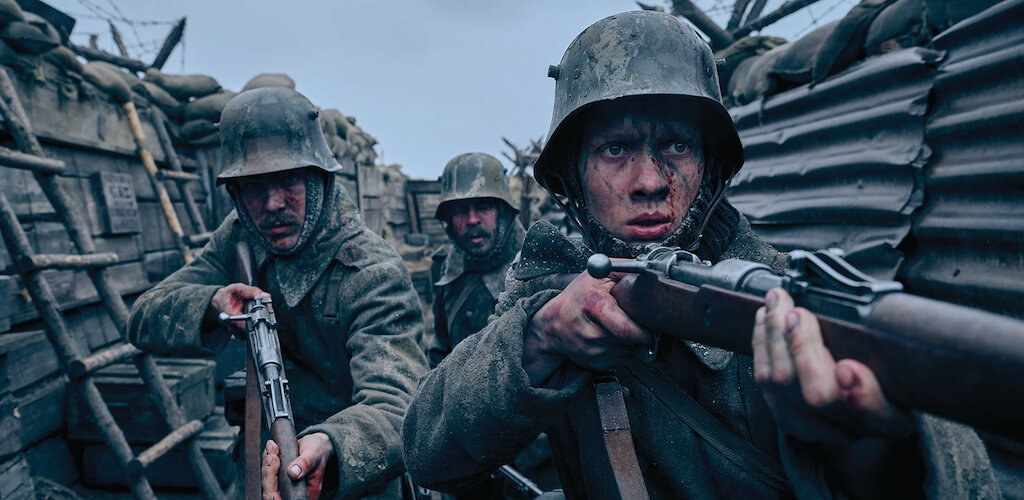
Avatar: The Way of Water
Black Panther: Wakanda Forever
The Batman
Top Gun: Maverick
All Quiet on the Western Front
The Avatar films were built on the premise of revolutionary special effects. Maybe that’s still coming in one of the three remaining sequels (yes, three). For now, we’re stuck with something that looks sort of real sometimes. Except for the moments in Way of Water that look like a new TV with motion smoothing left on. James Cameron had 13 years to get it right. He didn’t.
Wakanda Forever continues Marvel’s track record of nearly flawless special effects. “Nearly” being the operative word. There are still too many scenes that look cartoonish and completely divorced from reality. George Lucas famously chided Steven Spielberg for wasting his time with practical effects when you can do the same things with CGI. The difference between the two philosophies is found in the last three films of this category.
The Batman eschews glossy digital fight scenes for down and dirty grit. The car chase with the Penguin is still one of the best action scenes of 2022. Top Gun: Maverick takes things to even greater heights. Literally. Those are real actors up in the sky taking their G’s with real cameras zooming past. The difference between that and Tom Cruise in a soundstage cockpit is palpable. Maverick is a visceral adrenaline rush from start to finish, and the go-for-broke realism of the special effects are the primary reason why.
All Quiet on the Western Front takes the same Maverick philosophy, but combines it with impeccable writing, acting, and directing. There are no “visual effects” in this movie. We’re watching a real war play out before our eyes. The scenes in the trenches are terrifying. As the soldiers trudge through the mud and dirt and blood, their faces (and humanity) become more and more obscured by the worst impulses in all of us. The brutal close-up battles are unforgettable. Soldiers burning enemy combatants alive. The Germans blowing up a tank and gunning down everyone who escapes for relief. Our protagonist trying to save a man he just brutalized after suddenly recognizing his dignity. The blood pours out of his victim’s neck onto the dirty ground. It’s too late. This is the raw power of special effects seamlessly blending into the background in service of art. Hopefully James Cameron is taking notes.
Best Cinematography
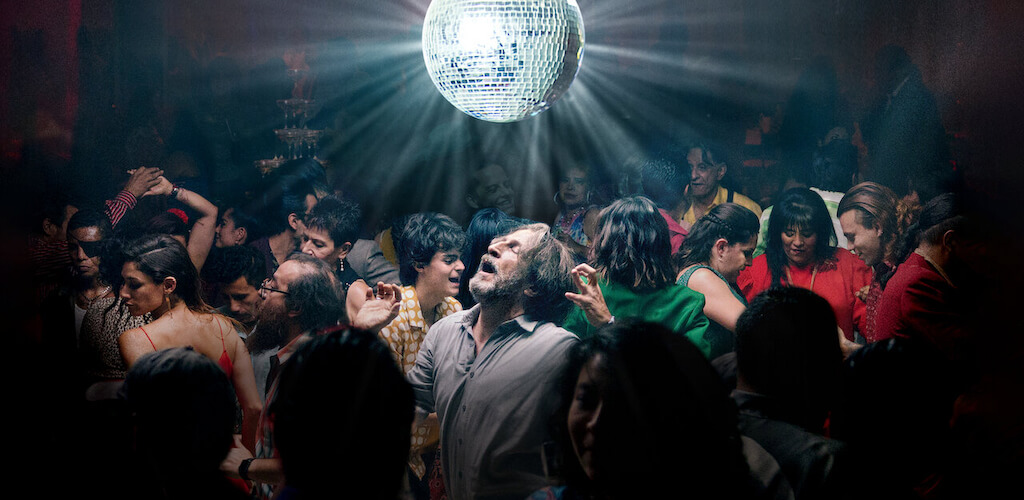
Tár
Empire of Light
Elvis
All Quiet on the Western Front
Bardo, False Chronicle of a Handful of Truths
Neither Tár or Empire of Light conjure up thoughts of impressive cinematography. They’re both handsomely shot films, but nothing Oscar worthy.
Elvis is the first legitimate contender. Baz Lurhmann is back with his gratingly overwrought directing style, but there are moments of transcendence. Every time Elvis is on stage, the camera dances around him with reverence. Even more affecting is when Lurhmann cuts those scenes with flashbacks to his childhood where a young Elvis worships in a pentecostal church, his eyes closed and arms raised. The cinematography provides an electric spark that makes us feel what people felt back then seeing Elvis live. The raw power of his swaying hips and unique voice cutting through taboos and setting a generation on fire.
All Quiet on the Western Front offers a different kind of power. Rather than the frenetic energy of Elvis, cinematographer James Friend engages in long, sweeping shots that provide an unflinching look at war. The camera functions as a silent observer to the depravity. We pull back slowly across a field and watch men being gunned down in the foreground, while others are burned alive in the background, and explosions ring all around. We can’t look away, and neither does the camera. Like the soldiers wading through the trenches, we’re forced to endure to the bitter end.
Bardo, False Chronicle of a Handful of Truths is a frustrating movie experience because there’s a masterpiece buried somewhere under a layer of pretentious nonsense. This is Alejandro Iñárritu’s first misstep in years, but one thing this film shares with his best work is other-worldly cinematography. Except this time it isn’t Emmanuel Lubezki behind the lens, but Darius Khondji. Kohndji shoots Bardo like a fever dream, so that even when we have no idea what’s going on, we’re swept away by the feeling of the visuals. The best scene is a dance party at an awards reception for the protagonist Silverio. For the first time, we see Silverio lose his ego and Atlas complex and get lost in the sheer joy of the moment. The camera zooms in on his face as he yanks his head up toward the ceiling and smiles with abandon. It’s an unforgettable shot, and there are plenty more where that came from in Bardo. The movie may be a mess, but Khondji deserves an Oscar.
To Be Continued…
Check back next week for part two of our Oscar coverage as we pick Best Supporting Actress, Best Supporting Actor, Best Actor, Best Actress, Best Director, and Best Picture!




